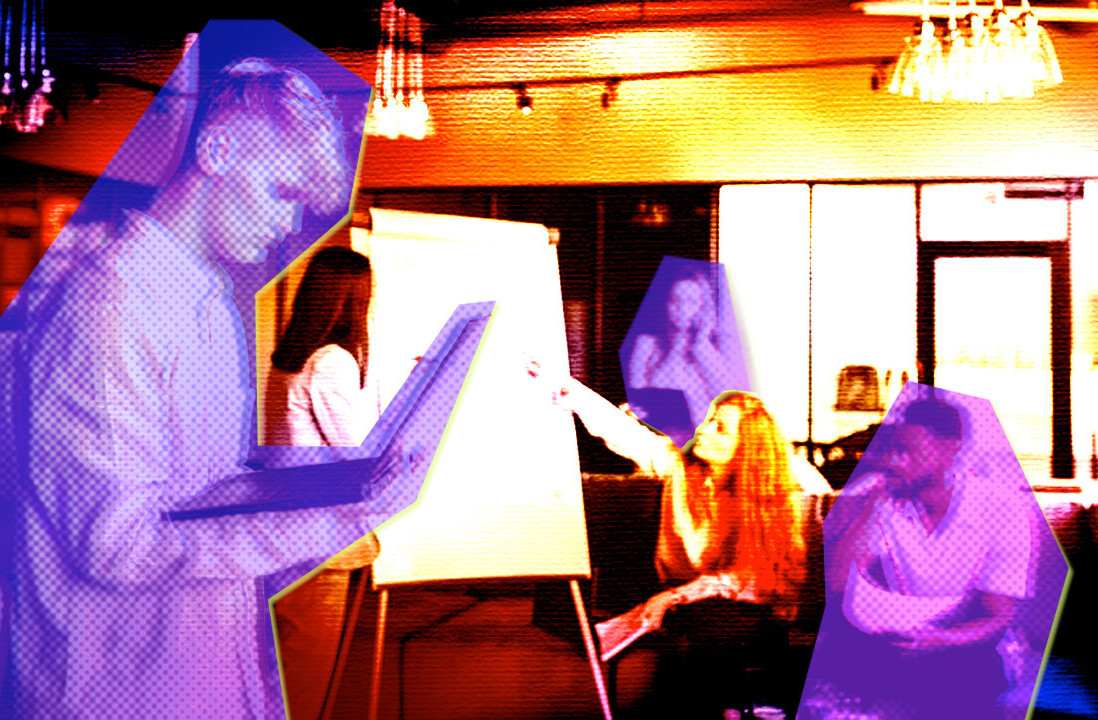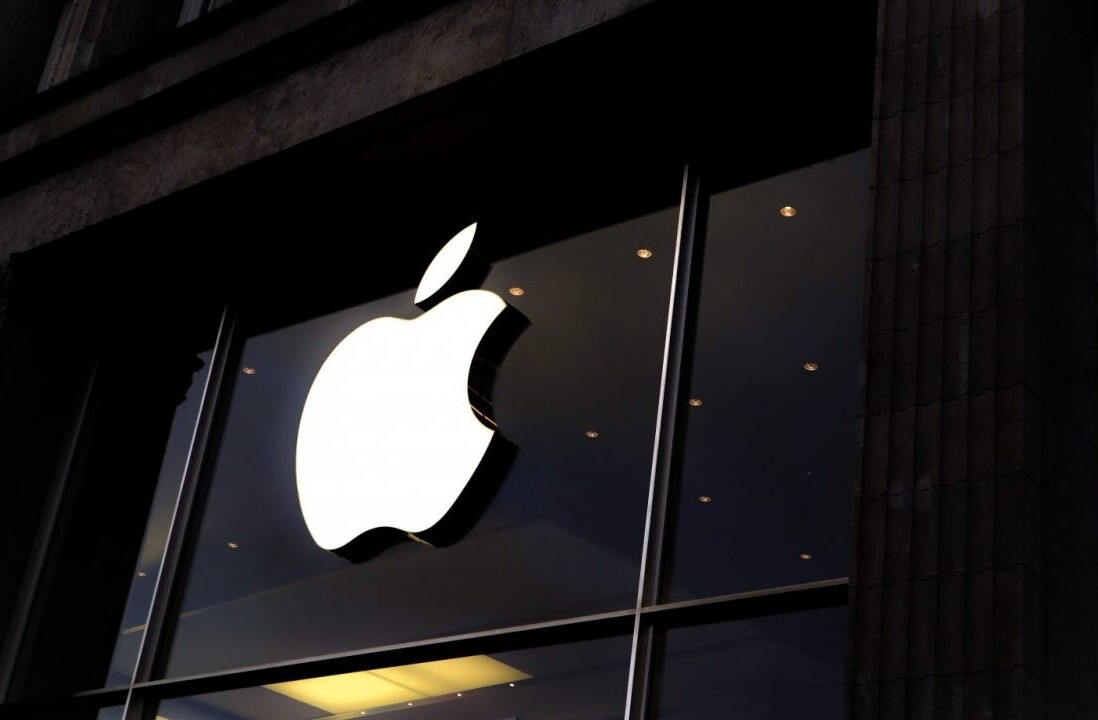
Like so many small businesses, a craft beer brewery close to me here in Northern California could have gone belly up when the COVID-19 crisis forced the closure of its two tap rooms and dried up demand from the bars and restaurants it sells to.
Instead, the owner swiftly altered his business model. Customers now can order and pay for their favorite ales, pilsners, or sours online and pick them up outside one of the tap rooms or request doorstep delivery. He spread the word through an email campaign and a rapid re-design of the company’s website. As a result, the owner recently told me, his sales are down only 10%, a remarkable number given the situation.
Most of us have similar stories. Amid a pandemic that has wreaked havoc on almost every industry and dealt heart-rending damage to Main Street America, businesses in our communities have shown an incredible ability to adapt and innovate.
[Read: Using jargon to sound smart? Science says you’re just insecure]
Think, for example, of the local restaurants that, by moving their menus online and providing curbside pickup, are thrilling customers craving a small sense of normalcy along with a break from cooking.
We should celebrate these successes and those who have made them possible because they give us comfort and a sense of continuity, preserve some jobs when so many have disappeared, and, I daresay, are a testament to the human spirit to survive.
But I believe they also hold broader, essential lessons for companies of every size, not just small, local ones, and how they need to approach serving customers.
Agility wins
As people value the convenience and personalization that so many small businesses — as well as fast-on-its-feet larger ones like Amazon and Instacart — are offering during this stressful time, they will increasingly expect to feel similar emotions from all the companies they deal with, now and forever.
After seeing what these businesses have been able to pull off under the most trying circumstances, we’ll have no patience for a lousy experience with, say, a large bank.
Consumers’ expectations were strong to begin with in a digital age that has given consumers unprecedented choices and power. But the brand loyalty equation is changing in “the new normal.” Every business, regardless of size, will now be obligated to deliver a delightfully convenient, hassle-free experience that shows complete understanding of the customer’s needs and wants.
We’ve seen a similar shift before, when advances by digital leaders like Amazon pressured every consumer-facing business into raising its customer experience game. Only now it’s often smaller, traditional businesses setting the new standard. Think of it as the revenge of the little guys.
All of this means companies will need to re-examine how they approach consumers and whether their corporate cultures align with these new realities. How well organizations can adapt to this new era of adaptability, if you will, will define market winners and losers for years to come.
The need for companies to implement change faster was increasing anyway due to the rapid rate of innovation in the digital age. But COVID-19 is hastening the requirement for super-agile corporate cultures of the future. In this type of organization, good ideas are encouraged from anywhere in the organization and are nimbly put into practice.
Yet consider the manner in which so many large companies have operated until now: decisions made and stringently enforced from on high, with little input from lower-level employees on the front lines and scant opportunity for feedback and good ideas to bubble up.
Perhaps bean counters in an airline’s headquarters insist on a no-refunds policy for seat upgrades when someone cancels a flight, not knowing or caring about the dissatisfaction the rule elicits in call center interactions. Or maybe a retailer’s executives are blind to what its sales associates know — the company’s return policy is annoyingly rigid.
Empowerment done right
Most of the conversation around empowering employees post-coronavirus has been about facilitating collaboration and interaction among remote workers or making sure they have the right technology tools.
That’s important but misses a larger point: truly empowering employees means giving everyone a voice in doing the right thing for customers, at a time when customer needs are changing faster than most corporate structures and processes can keep up.
“This is how we do things” can never again be uttered inside a company.
I’m reminded of something I noticed at my local Starbucks just as the pandemic was hitting but before shelter-in-place orders. The store manager made a number of changes, such as having the baristas put drinks behind glass in the pickup area and moving tables around so people in line could spread out more.
I got the feeling from the manager that this was not a corporate edict — she simply thought it was smart. And she didn’t wait for approval from a higher-up in the regional office. She just acted locally.
Moving forward, every company will need to find a way to replicate the moments of empowerment and agility we’re seeing now. Business leaders will need to find new ways to truly listen to employees and get ahead of the curve in making improvements that make customers happy and eliminating things that don’t.
I hope corporations of the world are paying attention.
Get the TNW newsletter
Get the most important tech news in your inbox each week.





